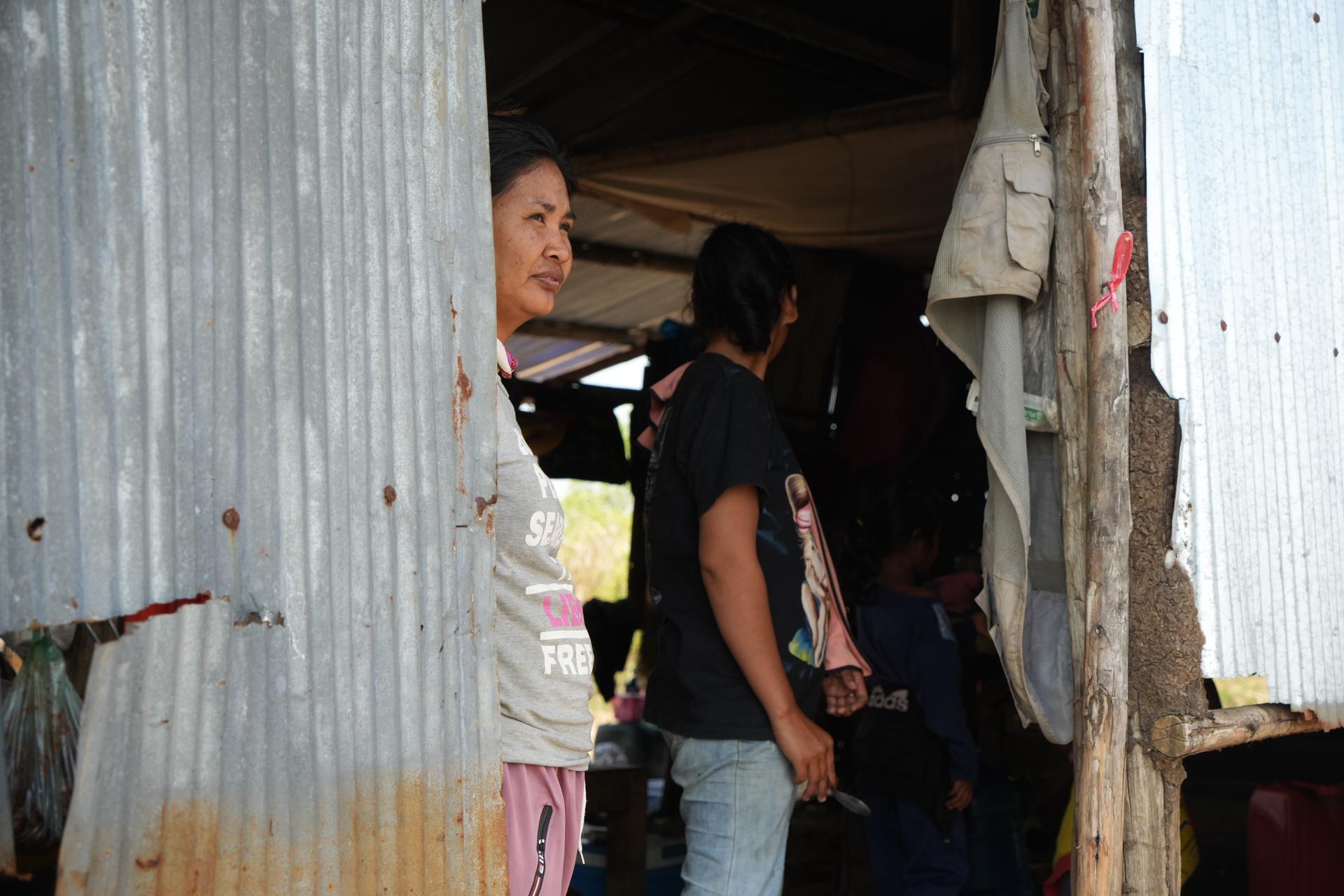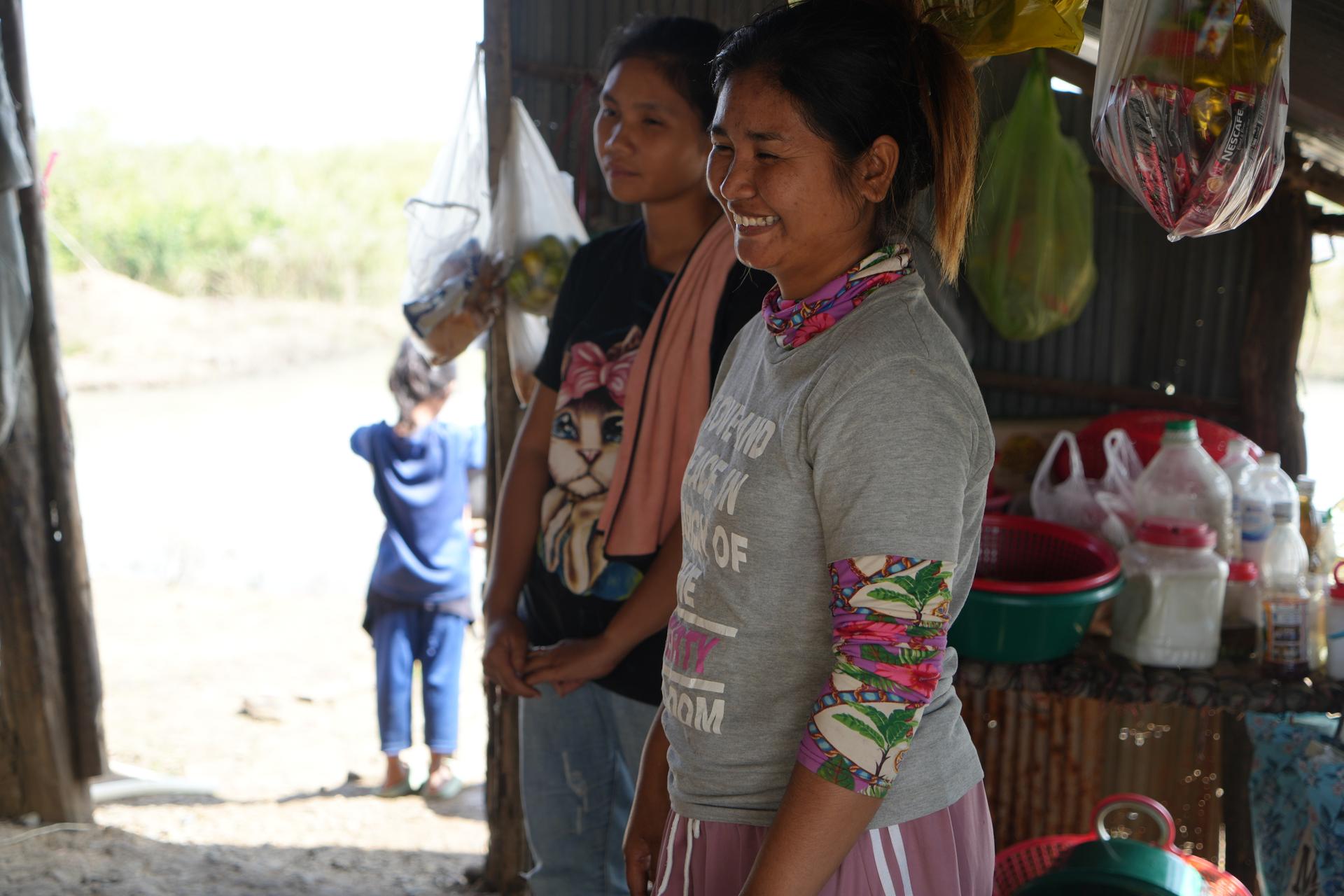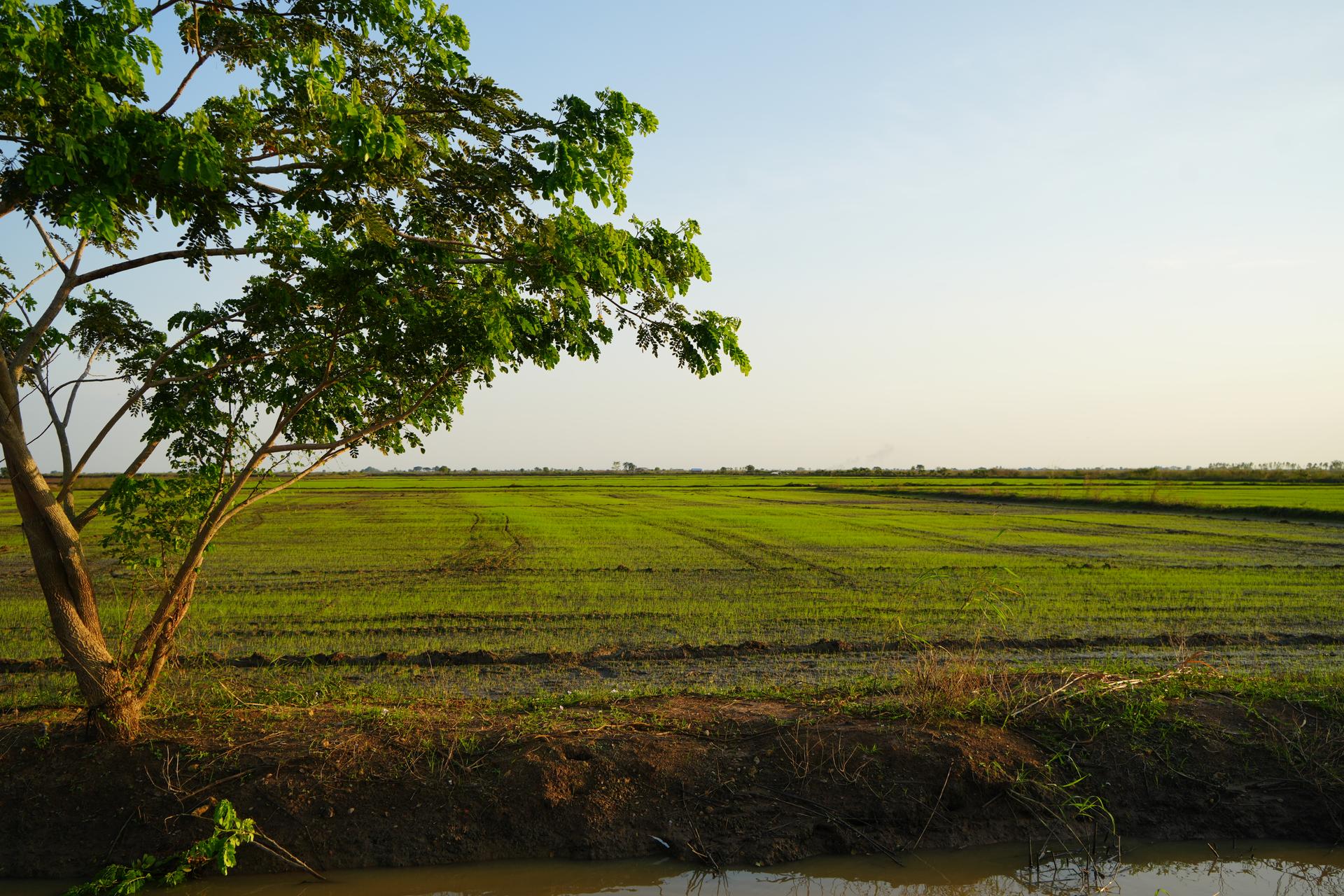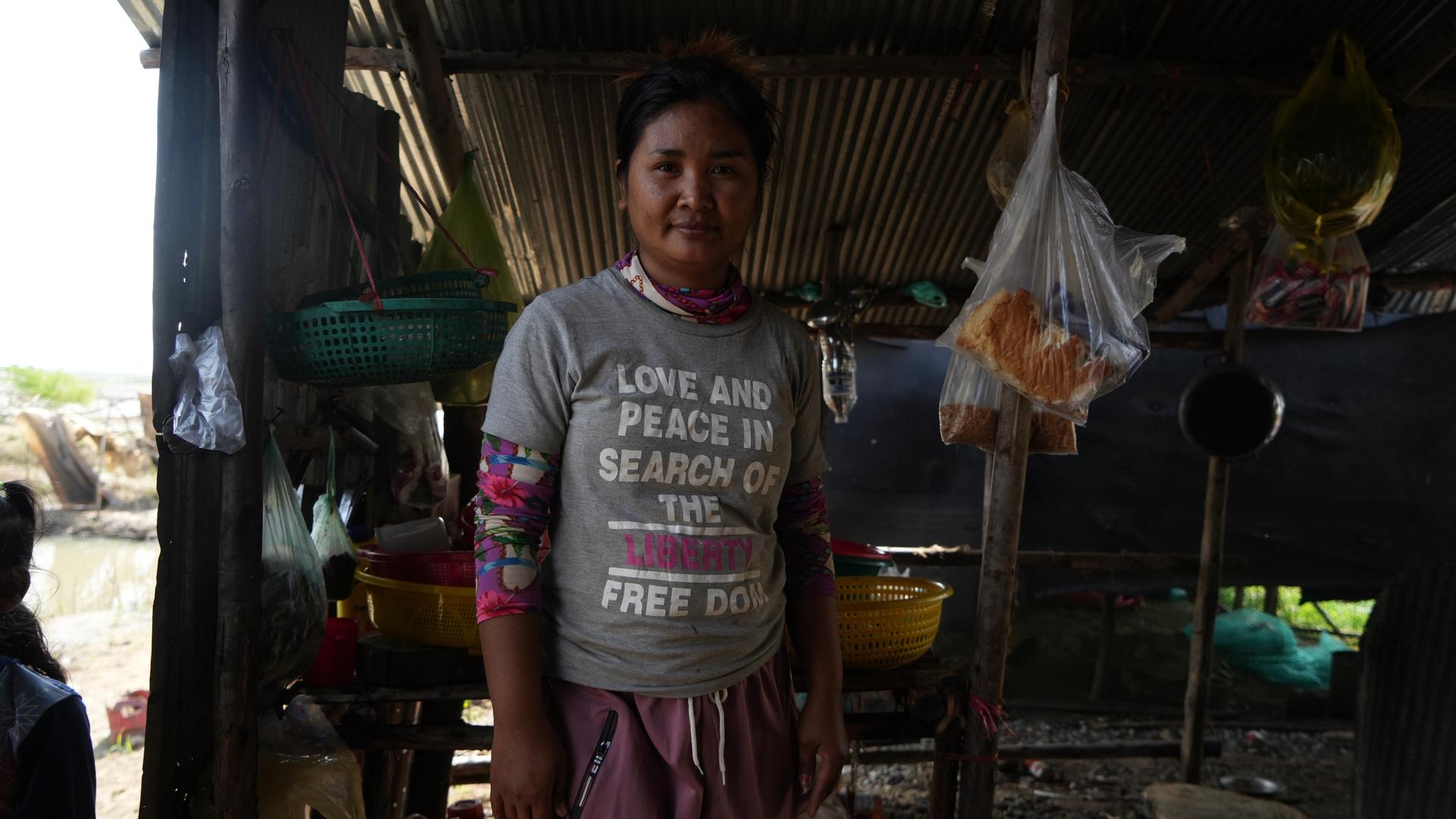Microfinance was meant to help the world’s poor, but in Cambodia, it’s plunging people deeper into debt
Kum Sreymom, a Cambodian rice farmer, talks shop with other farmers. They’re sitting in the shade of a farm shed on the vast flood plains of Tonle Sap, Cambodia’s great lake.
It’s mid-December 2022, and the waters have recently receded. Surrounding them is an expanse of newly planted rice fields.
Sreymom’s had a challenging few months. Both droughts and floods damaged her rice crops. Russia’s invasion of Ukraine caused fertilizer and fuel costs to skyrocket. Rice prices went down.

“The difficulties are quite many. But as a rice farmer, I have to keep going,” she said.
Sreymom had to take out loans from multiple lenders, including microfinance institutions, or MFIs, to make ends meet.
By the end of last year, she owed more than $12,000 — over six times Cambodia’s GDP per capita of $2,000.

That’s when a bank worker showed up at her door.
“We were late to pay them for 10 days. They said if we do not have money for them today, they will put a sign up to sell our land.”
She and her family live in a house owned by her mother and used the land title as collateral for one of the loans, a common practice in the country.
Most indebted country in the world
Cambodia is the most indebted country in the world by volume of microfinance debt. At the end of 2021, microfinance loans averaged over $4,000 per capita.
Academics and local nongovernmental organizations have raised concerns about the practices of MFIs. Not only do lenders threaten to sell borrowers land if they can’t pay up, but research shows that to pay off debts, Cambodians have taken on additional loans, eaten less, migrated for work and even pulled their children out of school.
“These MFIs, the process and the way that they’re conducting their business is predatory. It’s a business. It’s not for the good. It’s not pulling people out of poverty. It’s doing the opposite,” said Naly Pilorge, the outreach director of the Cambodian League for the Promotion and Defense of Human Rights (LICADHO). She has focused on the country’s growing debt crisis for years.
Where did microfinance come from?
Microfinance promised to help lift millions of people from poverty in the Global South. It’s a way for low-income individuals to access credit — something they couldn’t receive from traditional financial institutions, like banks.
It came to Cambodia in the 1990s as a poverty-alleviation strategy after decades of civil war. At first, microfinance was run by nongovernmental organizations with a number of checks and balances on the size of loans, the number of loans given and interest rates, according to Nithya Natarajan, a lecturer at King’s College London.
But in the early and mid-2000s, commercial banks took over microfinance and wanted to make more profit.
“Those checks and balances were largely eroded because the commercial push meant that the emphasis was more on expanding the market, trying to reach new consumers all the time. So, it went to more poor and more precarious households,” she said.

But Kaing Tongngy, the head of the communications department at the Cambodian Microfinance Association, a group that represents the industry, said that the industry has adequate regulations.
“In Cambodia, when you provide a loan to a client, you are legally required to check their credit history, and you have to strictly analyze their cash flow or repayment capacity,” he said.
International investment
Many international lenders profit from microfinance. In the Global North, it’s often thought of as part of an environmental and social goods portfolio, Natajaran said.
Last year, local nonprofits LICADHO and Equitable Cambodia filed a complaint to the International Finance Corporation (IFC), a sister branch of the World Bank, for funding six microfinance institutions that have allegedly harmed lenders.
After several delays, the watchdog arm of the IFC recently said it will investigate. Vuthy Eang, the executive director of Equitable Cambodia, said that the IFC has breached its own environmental and social policies.
“We want to make sure [that] not just the IFC, but also the borrowers follow the policy and provide remedies to the affected people,” he said.
The investigation will take up to 18 months, Eang said.
In a statement to The World, an IFC spokesperson said, “There are legitimate concerns about indebtedness in the microfinance sector.”
